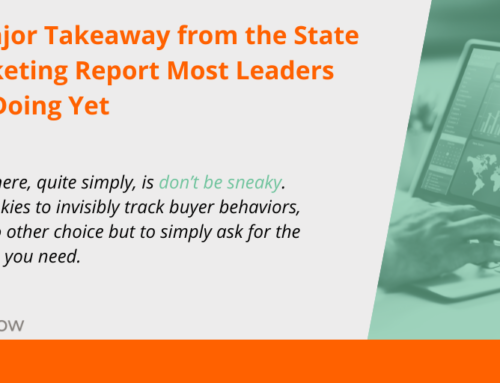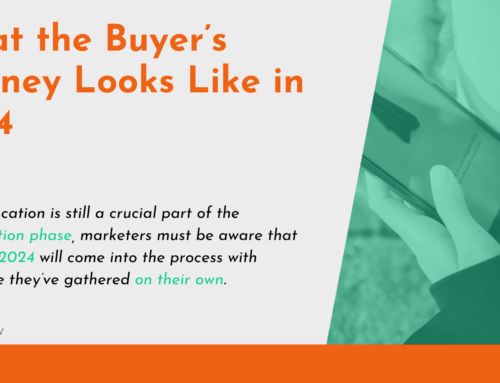After forming your company, your first instinct is probably to begin spreading the word as quickly as possible. Time passes, and before you know it, you’re focused entirely on marketing and sales. After all, how can you have a company if you don’t have any consumers? Reaching your target audience is extremely important—so important that many focus on their marketing strategies before they even consider their company image. Branding takes time, dedication, and a lot of work. Can you honestly put the cart before the horse if it means bringing in necessary revenue for your company to continue operating?
In short: No.
The Chicken or the Egg
You’ve heard the old debate: Which came first, the chicken or the egg? As you choose between branding or marketing, you’ll have the same conundrum. In all matters, the branding comes first. Without considering your brand strategy before marketing, you run the risk of mixed messages and a confused company image. You can’t build a sustainable marketing plan without first implementing your brand image across all channels.
Now, choosing to focus on branding first is an important step, but that doesn’t mean you should abandon your marketing tactics. In fact, you should work to tie the two together as early as possible for the smoothest and most cohesive branding messages. Consider branding expert Gerry Foster, who said, “Branding is differentiating yourself. Marketing is getting people to see the difference.”
Choosing Your Marketing Channels
Part of branding is determining your buyer personas. Without understanding your buyers, you can’t be certain where you’ll find them and how to reach them. Are your buyers more likely to discover your company through traditional marketing avenues such as television, radio, and print? If you haven’t done a thorough development of your brand standards, you may never know.
With brand standards firmly in place, you can approach any marketing channels, both traditional and digital, with the perfect message for the customers impacted by those outlets.
From the Beginning
Any and all content your company releases for marketing purposes should match your brand standards. Many make the mistake of assuming content marketing refers only to the blogs and ebooks you release for informational purposes. In reality, you begin your content marketing the moment you put any information out there for potential customers to find.
Your content includes press releases, images and text on your website, social media posts, and even listings with local and national directories. Wherever your company name appears, your brand should also be evident.
Integrating New Marketing Resources
Maintaining your brand voice and image through traditional marketing channels is often easier than when sharing content through new marketing resources. Careful planning is necessary for commercials and print ads, but social media platforms and blogs are instantaneous.
If you take to your new social media platforms for marketing before you’ve fully developed your brand, voice, and standards, you could make an instant faux pas from which you can’t recover. Almost as dangerous to your company is the mixed message, which occurs when a brand hasn’t yet found its voice. Maybe you won’t outrage potential buyers, but you’ll certainly confuse them.
We don’t suggest you put your marketing on hold while developing your brand. No, these two should be tightly entwined and work together at all times. Just be sure you know exactly who you are before you put together your marketing strategies. Branding will always come first.
Have you focused on your branding before pursuing your marketing strategies? If you need some help rediscovering your brand identity, it’s not too late. We can start back at square one without disrupting the progress you’ve already made.






